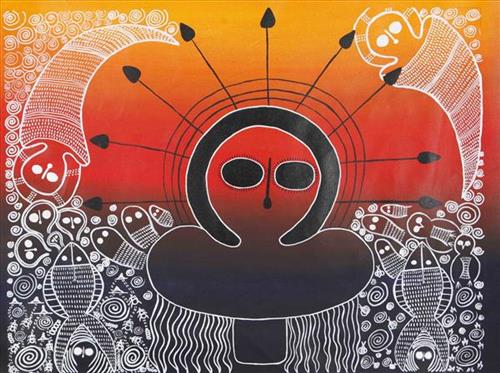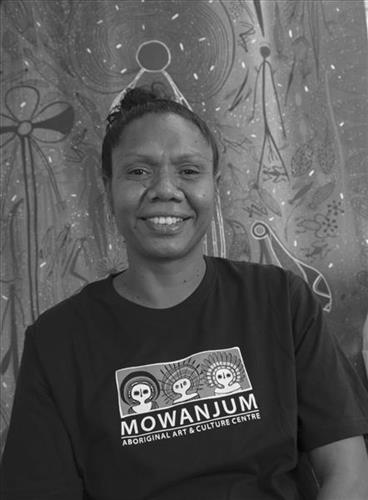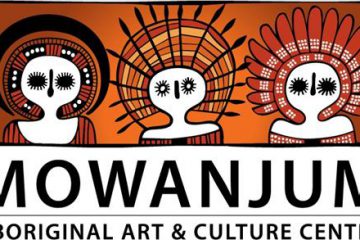225482323845
Wandjina, dumbi, jaiya & ungud.
The Wandjina spirits are highly respected by the people of Mowanjum. The Wandjinas brought the law, culture and language. The people of Mowanjum believe that the first –
Wandjina was called Idjair. Idjair lives in the Milky Way and is the father of all Wandjinas. The Wandjina Wallungunder was Idjair’s first son; he created the Earth and all life upon it. After he created the first human beings, the Gyorn Gyorn people, Wallungunder traveled back to Idjair to bring back more Wandjinas to give the Gyorn Gyorn people laws to live by.
Wallungunder also created Ungud spirits. Ungud spirits often appear in Mowanjum artists paintings. Every person at Mowanjum has an Ungud or Totem. The Ungud is given before birth by the father or the grandfather through dreams, and represents a living animal. The most powerful Unguds are two snakes which are deep inside Mother Earth. Along with the Wandjinas these two Ungud snakes help deliver the animal baby spirits to all unborn children. Today each and every individual has its own animal that belongs to them.
The three Wandjinas which represent the three language groups of Mowanjum are Namarali for the Worora people, Wodjin or Wanalirri for the Ngarinyin people, and Rimijmarra for the Wunambul people. Each family group at Mowanjum has a Wandjina which guides them through their lives. The Wandjinas are most active as cloud spirits during the monsoon period, bringing rain to the entire Kimberley region.
The Wandjina’s facial characteristics can represent many climatic features. The eyes of the Wandjina can represent thunderstorms and even . The line between the eyes resembles a nose, but it is actually a power line which is used to transfer energy. Small brush marks on the Wandjinas body usually represent rain drops. Wandjinas can be represented with either four or five fingers. When depicted with only head and shoulders the Wandjina is said to be floating in space or in the form of a cloud or storm. A full-bodied Wandjina is said to be walking the Earth. The rounded feature in the upper chest area can represent the heart of the Wandjina or a large pearl shell that was worn by tribal leaders.
Dumbi is an owl which resides in Ngarinyin country. A boy and a girl teased Dumbi and plucked out his feathers. Dumbi flew to the Wandjina Wodjin who said he would create a large flood to punish the tribe from where the boy and girl came. At a place called Wanalirri, the Wandjina gathered a large flock of brolgas which stomped on a huge black soil plain to create quicksand. The flood came and drowned many people; those who tried to escape were lost in the quicksand. The boy and girl were safe because they were on high ground, they were taken there by a kangaroo, and they travelled on the kangaroo’s tail. A Tata lizard called Gunarda warned the Wandjina that the boy and the girl had escaped. The rains and lightening started to chase the boy and girl and they ran to a hollowed out boab tree. Once they were in the tree, the Wandjina closed it up and they were lost for ever. In another version of the story the boy and girl survive the flood and mate to produce a newThe Ungud snake is the one that made the rivers and holds water. If they are disturbed then they will kill whoever disturb them. Wandjina is the creator of all the food on the land and in the sea. He’s the one who give us Ngarla (meat) and Jaiya (fish).




